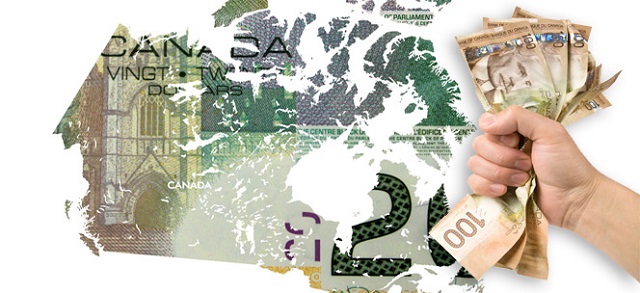Business
DOGE Theory
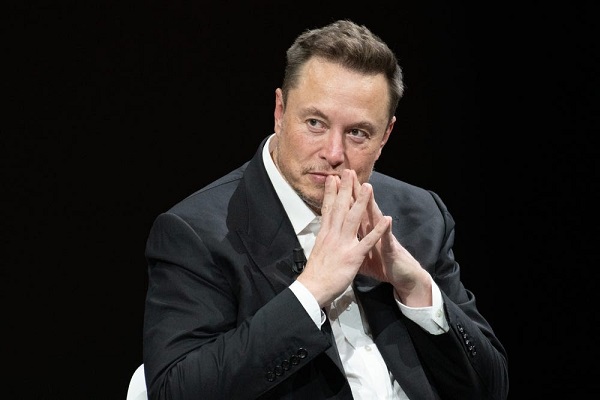
One of the most intriguing developments following Donald Trump’s election victory has been the announcement of Elon Musk and Vivek Ramaswamy’s Department of Government Efficiency, or DOGE. The initiative, which hopes to cut up to $2 trillion from the federal budget, has generated notable excitement, momentum, and memes. The world’s richest man and a successful biotech entrepreneur, Ramaswamy, have revitalized what seemed to be a mostly dormant libertarianism, drawing on the inspiration of Milton Friedman and promising to slash the bureaucracy to the bone. But what are its prospects for real-world success?
Elon Musk is our era’s most gifted entrepreneur, having revolutionized several industries and run multiple major companies. But the private sector operates on radically different principles than the public sector, which has a way of stalling or disarming even the most determined efforts. I foresee three potential impediments to DOGE’s success.
First is the problem of authority. While President-elect Trump has dubbed the effort the “Department of Government Efficiency,” it is not a government department at all. Rather, Musk and Ramaswamy will remain in the private sector and preside over what is, in effect, a blue-ribbon committee providing recommendations to the president and to Congress about potential cuts. In practice, though, blue-ribbon committees are often where ideas go to die. Politicians who feel the need to “do something” about a given problem often establish such committees to create the perception of action, which masks their true desire or, at least, the eventual result: inaction.
DOGE’s challenge will be to translate its recommendations into policy. It is almost certain that an entrepreneur of Musk’s ambition will not be content with writing a report. His and Ramaswamy’s task, then, is to persuade the president and the director of the Office of Management and Budget to enact real (and politically risky) cuts, and, if possible, to persuade Congress to abolish entire departments, such as the Department of Education, in the face of left-wing backlash.
The second problem for Musk and Ramaswamy is public opinion. Libertarians and small-government conservatives have long promised to reduce the size of government; one reason that they have never done so is that federal programs and agencies are generally popular. All of the major federal departments, with the exception of the IRS, the Department of Education, and the Department of Justice, have net-positive favorability numbers. Congressional members, even conservative Republicans, fear that slashing these departments would expose them to savage criticism from the Left and backlash from voters. They know that Americans complain about the size of government in theory but oppose almost all spending cuts in practice—the key paradox that libertarians have been unable to resolve.
Musk and Ramaswamy have repeatedly appealed to the work of Argentinian president Javier Milei, who has dramatically reduced the number of departments and created flashy video clips of himself stripping down organizational charts and yelling, “Afuera!” But what is possible in Argentina, which has been mired in a decades-long economic crisis, may not be achievable in the United States, which is much more stable, and, consequently, may not have the appetite for such dramatic action.
Which brings us to the problem of politics. Sending a rocket into space requires mastery over physics, but cutting government departments requires mastery over a more formidable enemy: bureaucracy. As Musk and Ramaswamy will see, the relationship between would-be reformers and Congress is vastly different from that between a CEO and a board of directors. To succeed, Musk and Ramaswamy must persuade a group of politicians, each with their own interests, to assume a high level of risk.
DOGE’s first task—identifying the budget items to cut—is the easy part. The hard part will be actually cutting them. They will have to convince Congress, which, for nearly 100 years, has refused to reduce the size of government, even when that notion had bipartisan support, as it did during the presidency of Bill Clinton, who promised that “the era of big government is over.”
This does not mean that DOGE cannot succeed. Though there may not be an appetite for a $2 trillion reduction in government spending, there is a hunger for targeted cuts that would strip the federal government of hostile ideologies that have made our institutions dysfunctional and our national life worse. For example, slashing grant funding for critical race theory would likely win support from voters; cutting the budget for USDA meat inspectors would not, and, given opportunity costs, would probably prove unproductive as well.
Perhaps the name of this committee—the Department of Government Efficiency—is also slightly off the mark. The problem is not only about efficiency, which suggests quantity, but about orientation, which implies quality. The federal government has long been captured by ideologies that misdirect its efforts. Simply making the bureaucracy more efficient will not solve that problem. DOGE must first determine what federal spending is worthwhile; from there, it can focus on creating “efficiencies.”
I hope that Musk and Ramaswamy can dispel my pessimism. Political realities have stifled countless reform efforts before now, and DOGE is an enterprise that would be difficult, if not impossible, under normal circumstances. But these are two remarkably talented men; if anyone is capable of shattering the mold, they can.
Please share your ideas, dissents, and thoughts in the comments. In the next newsletter, we will feature the best material in a“comment of the week” section. In the meantime, have a wonderful Thanksgiving.
2025 Federal Election
MEI-Ipsos poll: 56 per cent of Canadians support increasing access to non-governmental healthcare providers

-
Most believe private providers can deliver services faster than government-run hospitals
-
77 per cent of Canadians say their provincial healthcare system is too bureaucratic
Canadians are increasingly in favour of breaking the government monopoly over health care by opening the door to independent providers and cross-border treatments, an MEI-Ipsos poll has revealed.
“Canadians from coast to coast are signalling they want to see more involvement from independent health providers in our health system,” explains Emmanuelle B. Faubert, economist at the MEI. “They understand that universal access doesn’t mean government-run, and that consistent failures to deliver timely care in government hospitals are a feature of the current system.”
Support for independent health care is on the rise, with 56 per cent of respondents in favour of allowing patients to access services provided by independent health entrepreneurs. Only 25 per cent oppose this.
In Quebec, support is especially strong, with 68 per cent endorsing this change.
Favourable views of accessing care through a mixed system are widespread, with three quarters of respondents stating that private entrepreneurs can deliver healthcare services faster than hospitals managed by the government. This is up four percentage points from last year.
Countries like Sweden and France combine universal coverage with independent providers and deliver faster, more accessible care. When informed about how these health systems run, nearly two in three Canadians favour adopting such models.
The poll also finds that 73 per cent of Canadians support allowing patients to receive treatment abroad with provincial coverage, which could help reduce long wait times at home.
Common in the European Union, this “cross-border directive” enabled 450,000 patients to access elective surgeries in 2022, with costs reimbursed as if they had been treated in their home country.
There’s a growing consensus that provincial healthcare systems are overly bureaucratic, with the strongest agreement in Alberta, B.C., and Quebec. The proportion of Canadians holding this view has risen by 16 percentage points since 2020.
Nor do Canadians see more spending as being a solution: over half say the current pace of healthcare spending in their province is unsustainable.
“Governments shouldn’t keep doubling down on what isn’t working. Instead, they should look at what works abroad,” says Ms. Faubert. “Canadians have made it clear they want to shift gears; now it’s up to policymakers to show they’re listening.”
A sample of 1,164 Canadians aged 18 and older was polled between March 24th and March 28th, 2025. The margin of error is ±3.3 percentage points, 19 times out of 20.
The results of the MEI-Ipsos poll are available here.
* * *
The MEI is an independent public policy think tank with offices in Montreal, Ottawa, and Calgary. Through its publications, media appearances, and advisory services to policymakers, the MEI stimulates public policy debate and reforms based on sound economics and entrepreneurship.
2025 Federal Election
POLL: Canadians say industrial carbon tax makes life more expensive
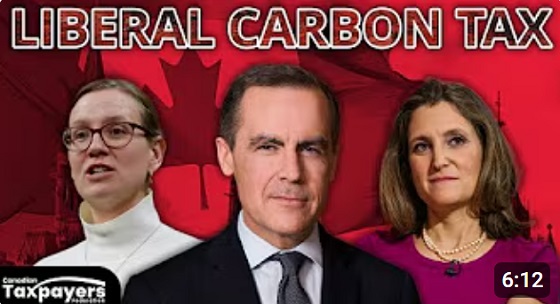
The Canadian Taxpayers Federation released Leger polling showing 70 per cent of Canadians believe businesses pass on most or some of the cost of the industrial carbon tax to consumers. Meanwhile, just nine per cent believe businesses pay most of the cost.
“The poll shows Canadians understand that a carbon tax on business is a carbon tax on Canadians that makes life more expensive,” said Franco Terrazzano, CTF Federal Director. “Only nine per cent of Canadians believe Liberal Leader Mark Carney’s claim that businesses will pay most of the cost of his carbon tax.
“Canadians have a simple question for Carney: How much will your carbon tax cost?”
The federal government currently imposes an industrial carbon tax on oil and gas, steel and fertilizer businesses, among others.
Carney said he would “improve and tighten” the industrial carbon tax and extend the “framework to 2035.” Carney also said that by “changing the carbon tax … We are making the large companies pay for everybody.”
The Leger poll asked Canadians who they think ultimately pays the industrial carbon tax. Results of the poll show:
- 44 per cent say most of the cost is passed on to consumers
- 26 per cent say some of the cost is passed on to consumers
- 9 per cent say businesses pay most of the cost
- 21 per cent don’t know
Among those decided on the issue, 89 per cent of Canadians say businesses pass on most or some of the cost to consumers.
“Carbon taxes on refineries make gas more expensive, carbon taxes on utilities make home heating more expensive and carbon taxes on fertilizer plants increase costs for farmers and that makes groceries more expensive,” Terrazzano said. “A carbon tax on business will push our entrepreneurs to cut production in Canada and increase production south of the border and that means higher prices and fewer jobs for Canadians.”
-

 COVID-192 days ago
COVID-192 days agoCOVID virus, vaccines are driving explosion in cancer, billionaire scientist tells Tucker Carlson
-

 Bruce Dowbiggin2 days ago
Bruce Dowbiggin2 days agoIs HNIC Ready For The Winnipeg Jets To Be Canada’s Heroes?
-
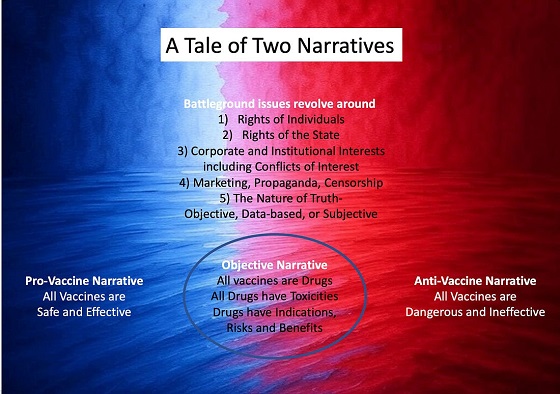
 Dr. Robert Malone2 days ago
Dr. Robert Malone2 days agoThe West Texas Measles Outbreak as a Societal and Political Mirror
-
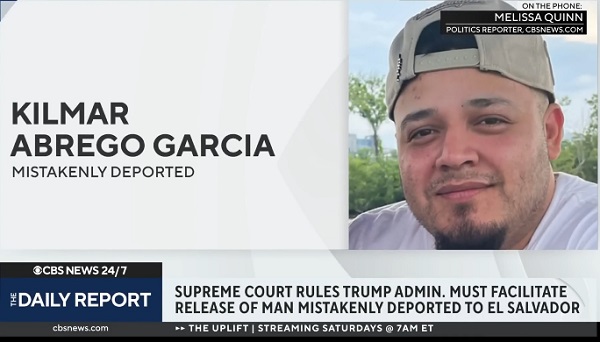
 illegal immigration2 days ago
illegal immigration2 days agoDespite court rulings, the Trump Administration shows no interest in helping Abrego Garcia return to the U.S.
-

 Health2 days ago
Health2 days agoHorrific and Deadly Effects of Antidepressants
-
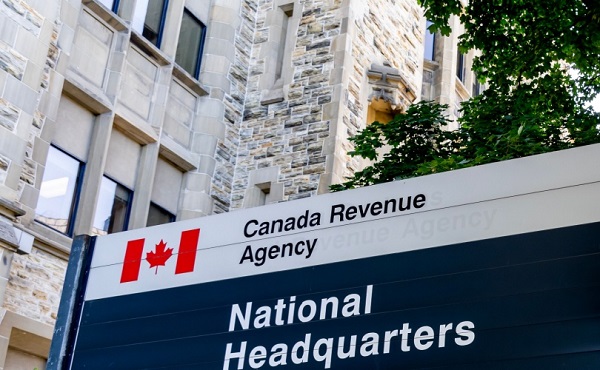
 2025 Federal Election2 days ago
2025 Federal Election2 days agoConservative MP Leslyn Lewis warns Canadian voters of Liberal plan to penalize religious charities
-
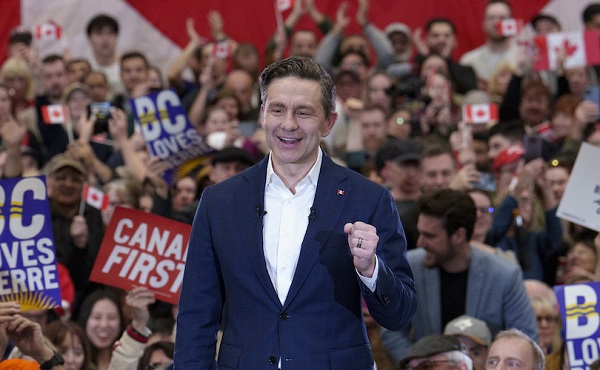
 2025 Federal Election1 day ago
2025 Federal Election1 day agoEuthanasia is out of control in Canada, but nobody is talking about it on the campaign trail
-

 Education1 day ago
Education1 day agoSchools should focus on falling math and reading grades—not environmental activism







